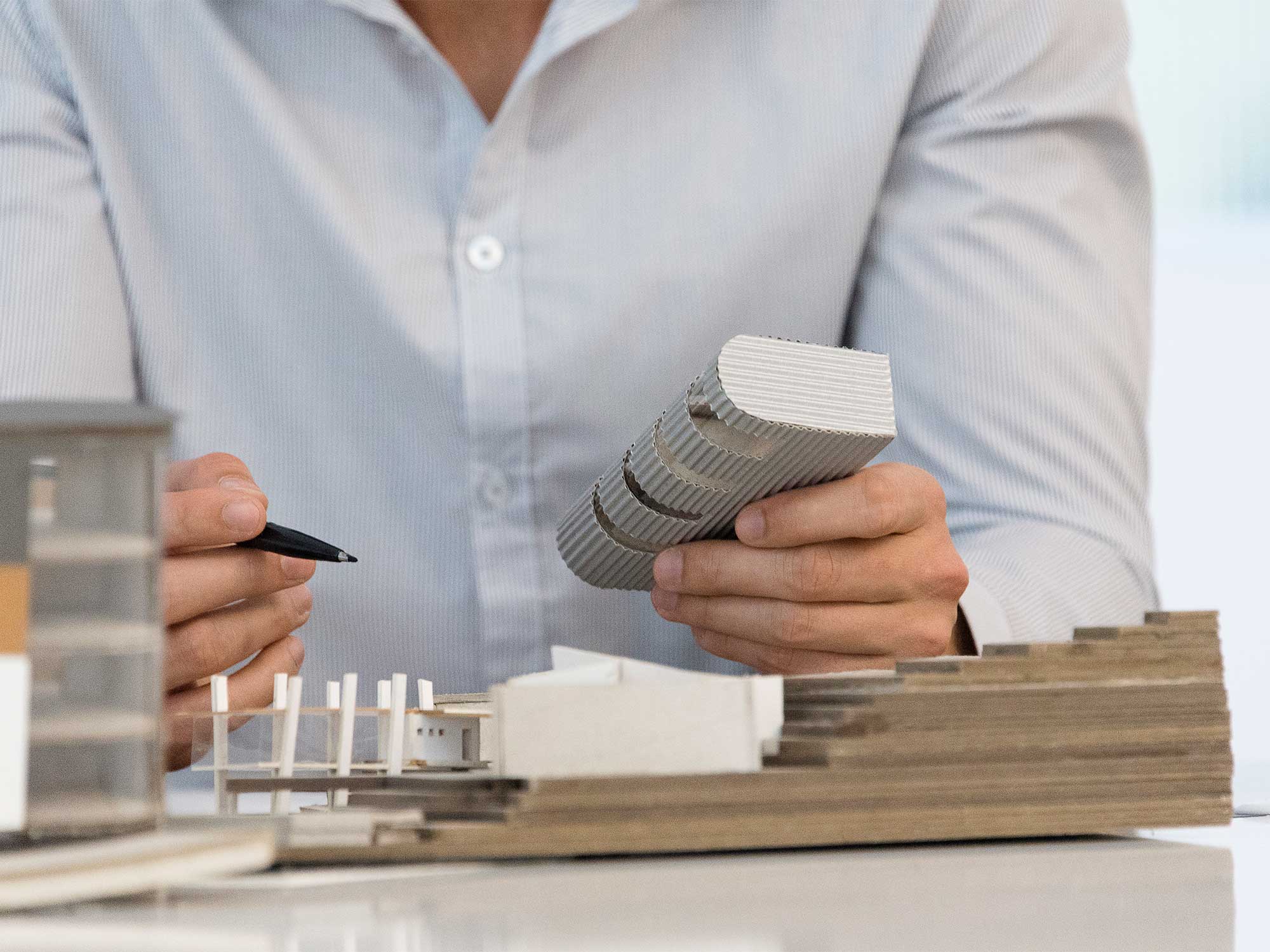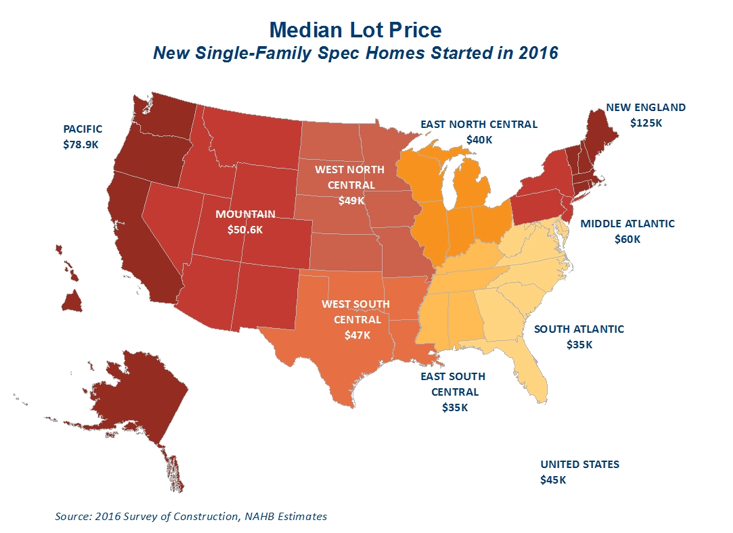Most Australians building a home get either an architect or building designer to do their plans. But what’s the difference between the two? And importantly, how much do they charge?
Mark Deacon – director of Superdraft, a national design practice which employs architects and building designers, also referred to as draftspeople – explains the difference and who charges what.
Deacon says the adage “you get what you pay for” applies when it comes to comparing the cost of an architect to a building designer.
“The cost can vary significantly depending on who you intend to engage, but so does the quality of design, aesthetics, function and performance of the home,” he says.
“A building designer will typically charge between 3-5% of the build costs, whereas an architect may charge between 7-10% of the build costs and some reputable, boutique architects can charge more,” Deacon says.
So, for a $600,000 build, a building designer might charge $18,000 to $30,000 and an architect $42,000 to $60,000 and up.
The difference between an architect and a building designer

An architect often helps the builder and owner work through local government planning processes. Picture: Getty
So what does an architect do?
An architect is a licensed professional who organises space, both exterior and interior. Architects design houses, office buildings, landscapes, skyscrapers, ships, and even entire cities. The services offered by a licensed architect depend on the type of project being developed.
“Generally speaking, but not always, an architect has more experience, is qualified and is more capable of providing a better level of detailed design when compared to a building designer. However, they are most of the time, but not always, more expensive,” Deacon says.
He says to be legally identified as a professional architect, a person must:
- have a formal tertiary education/degree in architecture;
- be covered by the necessary liability insurance;
- be officially registered as an architect with the governing architecture body in their state or territory.
“Typically, to become a registered architect, you must complete five years at university, followed by two years of practical work, before sitting an oral and written examination,” Deacon says.
Building designers can come from a range of backgrounds, he explains.
“This may include those people with degrees in building design or architecture, however never got officially registered as an architect. Many ex-builders also become building designers.
“In many parts of Australia, anyone can operate as a building designer without needing a qualification or credentials whatsoever,” Deacon says.
There are no registration or licensing requirements for building designers in New South Wales, Western Australia, South Australian, the Northern Territory or the Australian Capital Territory. In Victoria, Queensland and Tasmania, there are stricter controls.
“While anyone can claim to be a building designer and operate as one, it is crucial to remember that ultimately the work needs to fully comply with building and planning regulations and be certified by a certifier/building surveyor. For that reason, it is very important to select the right one,” he says.
An architect often helps the builder and owner work through local government planning processes too.
When might you hire an architect?

The nature of the project itself often determines if it’s better to use an architect or a building designer.
Deacon says architects are recommended for larger, more complex designs and projects and in most states, are always required if the build is over three stories or is a government project.
“Building designers are still capable of providing a quality design for most residential and commercial projects, but are generally less expensive and better suited for smaller, less complex designs,” he says.
Architects study both the art and the science of building design in considerable depth, Deacon says.
“On a design project, they tend to invest a lot more time coming up with the best solution, both aesthetically and functionally, to ensure the best overall outcome and performance of the building.
“Many building designers also have excellent design expertise, although they may not invest as much time into the minor detailing of the home.”



